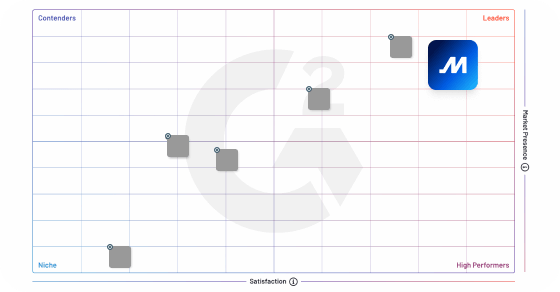Geotagging is a term used in the trucking industry that refers to the process of adding geographical identification metadata to various types of media, including photographs, videos, and audio recordings. The basic idea behind geotagging is to provide a more accurate description of the location where the media was captured or created.
The geotagging process involves embedding geographic coordinates, such as latitude and longitude, into the media file. This information can be obtained using specialized GPS tracking devices that are typically installed on the truck or the vehicle that is carrying the media equipment.
One of the key benefits of geotagging is that it allows fleet managers to track the movement of their vehicles in real time. This is particularly useful for companies that need to monitor the progress of their shipments and deliveries. By using geotagging software, fleet managers can track the location of their trucks and receive notifications when they arrive or depart from specific locations.
Another advantage of geotagging is that it allows trucking companies to create more accurate records of their operations. This can be especially useful for compliance and regulatory purposes, as well as for insurance and liability claims. By having a detailed, geotagged record of their activities, trucking companies can demonstrate that they are operating in a safe and efficient manner.



